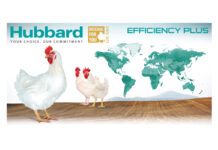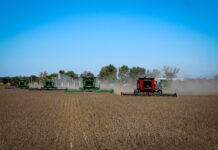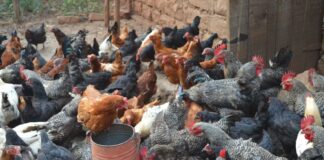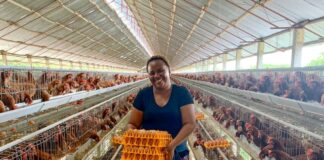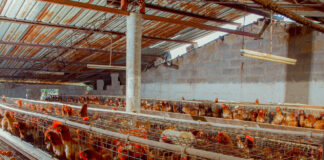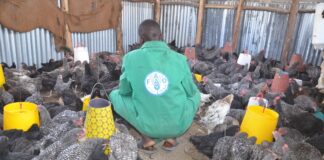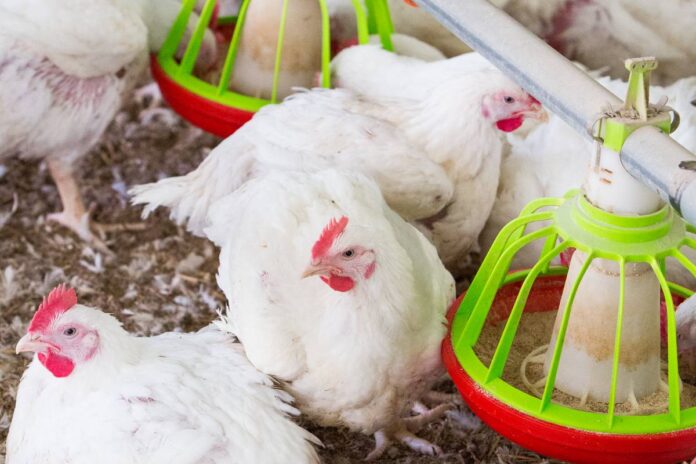
Coccidiosis continues to be a top challenge in the poultry industry and growing evidence of reduced sensitivity to traditional anticoccidials like ionophores and chemicals drive the need for solutions. Here we evaluate different programs for managing coccidiosis utilizing traditional anticoccidials and an essential oil and saponin blend under different challenge conditions in broilers.
Introduction
The estimated cost associated with coccidiosis is between 10 and 16 billion USD globally (Blake et al., 2020). The economic cost associated with coccidiosis is not only derived from the cost of therapeutics and prophylactics such as ionophore and chemical coccidiostats, but also the associated and performance loss. Eimeria spp., can also be predisposing factors to secondary bacterial challenges that could also increase the economic impact. For several decades, chemicals, ionophores and chemical/ionophore blends have been available and used to control coccidiosis. Given the lack of new coccidiostat development and the increase in anticoccidial resistance observed in Eimeria, producers have been seeking alternative solutions to managing coccidiosis. Eimeria spp. directly damage intestinal integrity which is associated with poorer nutrient digestion and absorption and inflammation (Souza et al., 2024). Therefore, managing coccidiosis can consider both the direct and in-direct challenges of Eimeria spp. infections.
Both saponins (Alghirani et al., 2022) and essential oils derived from oregano (Guar et al., 2018) have anti-parasitic properties whereas citrus oil has been demonstrated to be anti-inflammatory (Yang et al., 2023). Specific essential oils and saponins were selected and formulated into an essential oil + saponin blend (EOS) based on their functional properties that support birds through a coccidiosis challenge. This EOS blend was evaluated under various Eimeria or Eimeria + Clostridium perfringens challenge models and compared to traditional coccidiosis management strategies.
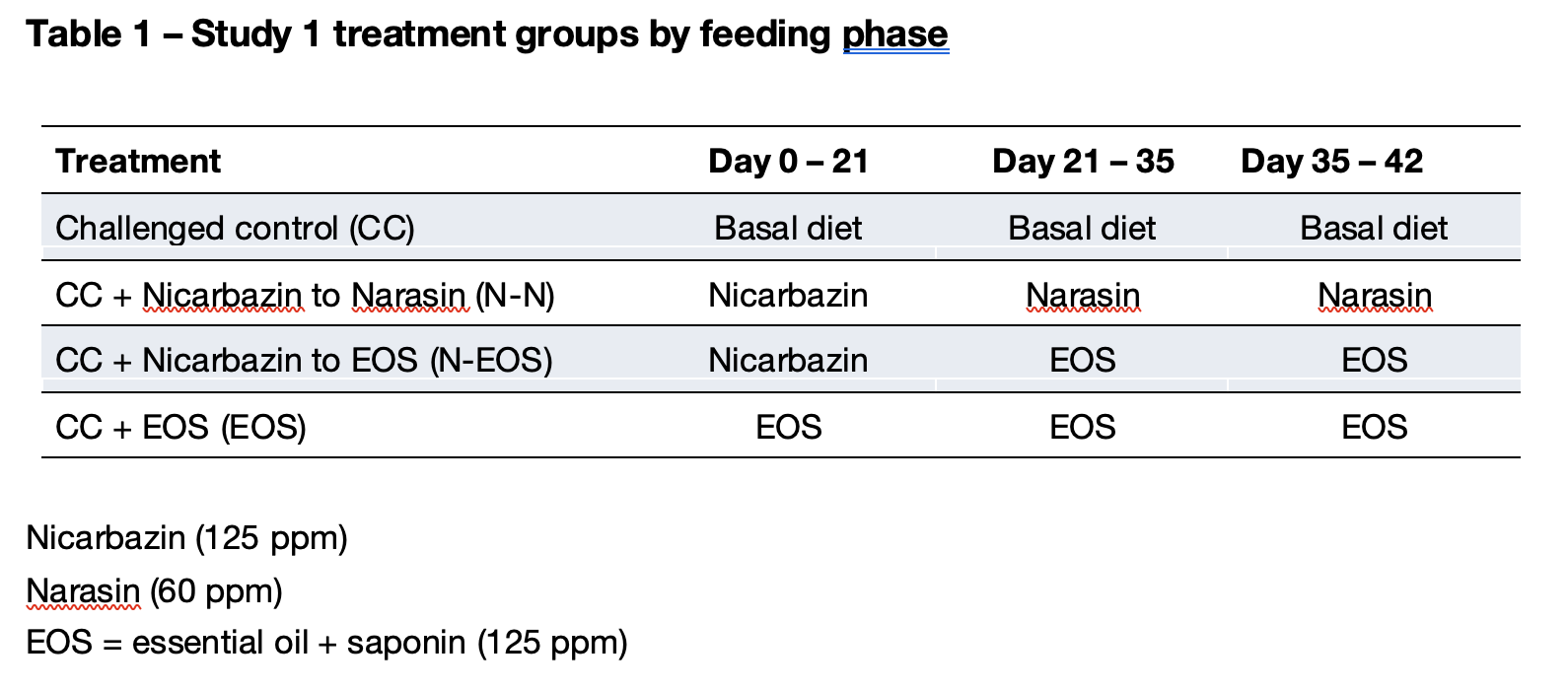 Method
Method
Two studies were conducted to evaluate a commercially available product (AccuGutTM C.1, dsm-firmenich, Animal Nutrition and Health, Switzerland) compared with traditional coccidiosis management programs. This commercially available product contains a proprietary blend of phytogenic compounds from oregano, citrus, and Yucca schidigera. Study 1 utilized Cobb 500 males in a 42-day trial with 4 treatments and 7 pens per treatment containing 25 birds per pen raised on used litter. The dietary treatment groups are outlined in Table 1 and dietary treatments were supplemented on top of a corn-soybean meal based basal diet. All challenged groups were given 5,000 oocysts Eimeria maxima orally per bird on day 14 and 1.0 × 108 CFU of Clostridium perfringens per bird applied in the bottom of tube feeders on day 19, 20 and 21. Study 2 utilized Ross 308 males in a 35-day trial with 6 treatments and 10 pens per treatment containing 25 birds per pen raised on fresh litter. The dietary treatment groups are outlined in Table 2. All challenged groups were given 21,800 oocysts Eimeria acervulina, 13,300 oocysts Eimeria maxima, 5,200 oocysts Eimeria tenella orally per bird on day 14. For both studies, performance metrics, mortality, and lesion scores on day 21 were recorded. Data were analyzed utilizing the Glimmix procedure of SAS (Study 1) and JMP (Study 2) with significance reported for P<0.05.
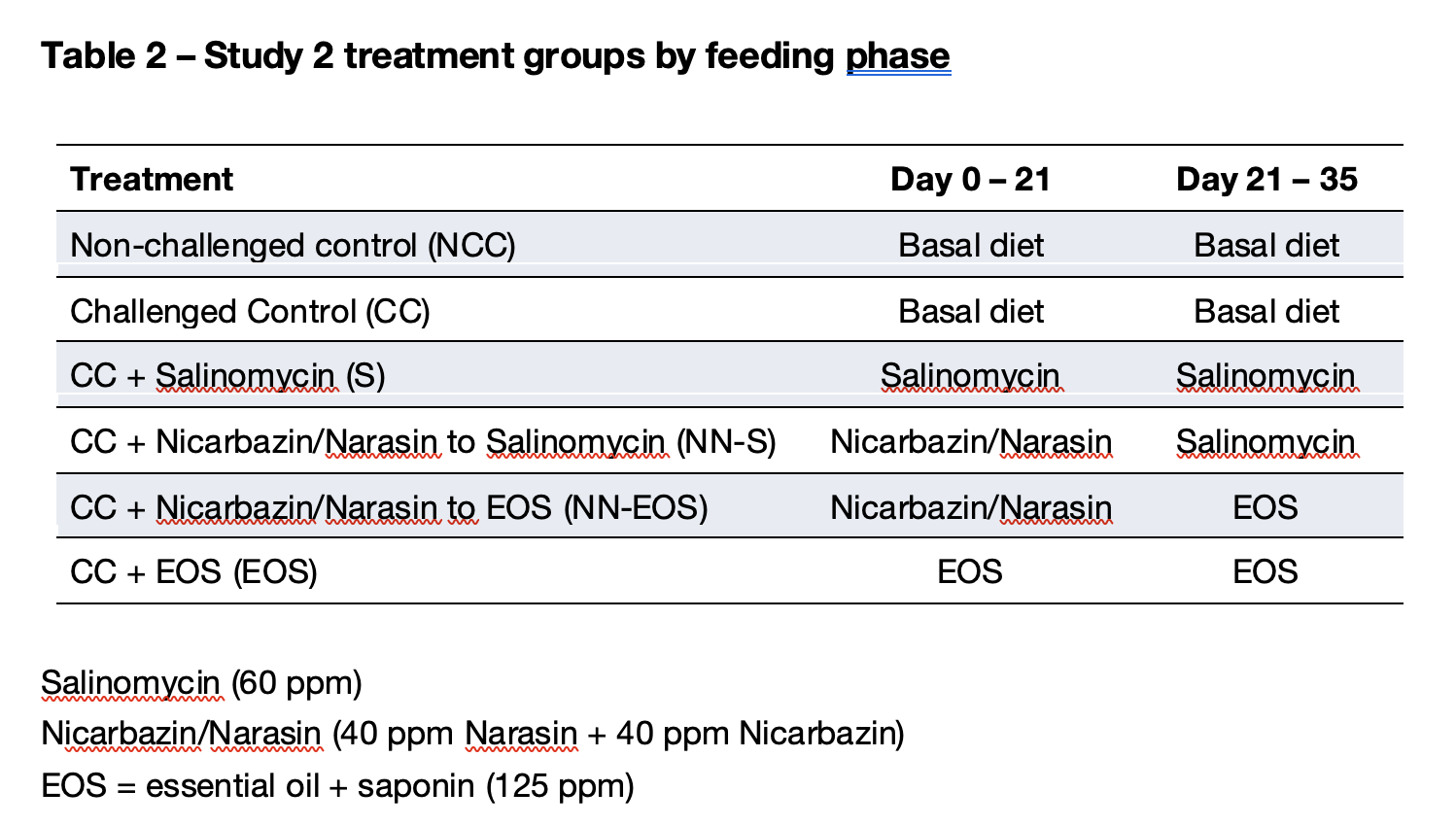 Results
Results
In Study 1 for the 42-day period, N-N, N-EOS, and EOS reduced (P<0.05) the 42-day FCR compared to the CC whereas body weight gain was increased (P<0.05) for N-N and N-EOS compared to CC and EOS. Lesions scores were reduced (P<0.05) in birds fed N-N (0.14), N-EOS (0.29), and EOS (0.43) compared to the CC (0.90) and there was no statistical difference in mortality although numerically less in N-N, N-EOS, and EOS treatments.
In Study 2 for the 35-day period, the CC had numerically increased mortality (4.09%) compared to the NCC (1.36%) whereas each of the other treatments were intermediate and not statistically different from each other: S (2.27%), NN-S (0.45%), NN-EOS (0.45%) and EOS (0.91%). Body weight gain was reduced (P<0.05) by 23 g and FCR was increased (P<0.05) by 13 points for the CC compared to the NCC. Birds that received a dietary treatment (S, NN-S, NN-EOS, or EOS) were numerically intermediate the NCC and CC and were not statistically different from each other.
Discussion
The challenge model in Study 1 was effective in producing lesions associated with necrotic enteritis which is one potential secondary challenge associated with coccidiosis. The lesion scores observed in the CC were relatively mild as was the mortality that were confirmed with lesions (2.85% for the CC). These would indicate the model used in this study was relatively mild; however, the performance impact was greater than anticipated. Based on the Cobb 500 guidelines, males should have a body weight gain of 3.5 kg and cumulative feed conversion of 1.53 by 42-days. In Study 1, CC birds body weight gain was 2.2 kg with a cumulative feed conversion of 1.94 which is a 37% and 27% reduction, respectively, compared with the breed standard. Although we cannot deduce if the performance reduction was solely based on challenge, it is a relatively large deviation from the performance guideline. Incorporating Nicarbazin in the starter feed with either EOS or S inclusion in the grower and finisher phases was effective in increasing body weight gain and reducing feed efficiency for the 42-day period indicating that both programs could be effective solutions. Nicarbazin has continued to be an effective solution against coccidiosis; however, the mode of action is poorly understood (Noack et al., 2019). There is also some evidence to suggest that there may be development of reduced sensitivity to nicarbazin in some regions (Kraieski et al., 2021).
In Study 2, two commonly used programs (Salinomycin in the starter and grower) and a Nicarbazin/Narasin blend in the starter and shuttled to Salinomycin in the grower) were evaluated and compared with a Nicarbazin/Narasin blend in the starter shuttle to EOS in the grower and EOS in the starter and grower. The challenge model used in this study was slightly more severe compared with Study 1 in terms of mortality, but less in terms of performance with only a 12% reduction in body weight gain and 7% reduction in FCR. Given that all of the mitigation strategies had a response that was intermediate in value compared to the NCC and CC, we can conclude that these programs were effective in increasing performance in this study.
Kraieski et al. (2021) also concluded that FCR appears to be a good indicator for sensitivity for anticoccidials. This is in agreement with Souza et al. (2024) that demonstrated the relationship between Eimeria challenge on intestinal integrity and the associated impact on nutrient digestion and absorption, inflammation, and susceptibility to other diseases that would ultimately reduce the efficiency of which nutrients and energy are utilized for growth.
Conclusion
By incorporating the essential oil and saponin blend in a shuttle or standalone program, birds showed improved body weight gain and feed efficiency compared to the challenged control groups. The increased prevalence of anticoccidial resistance in Eimeria further drives the need to incorporate rotation (from one production cycle to the next) and shuttle (within one production cycle) programs and other solutions like essential oil and saponin blends that can be considered as part of effective coccidiosis management programs.
References
Alghirani MM, Teik Chung EL, Abdullah Jesse FF, Sazili AQ & Loh TC. (2022) Journal of Poultry Science. 10(2): 215-226.
Blake DP, Knox J, Dehaeck B, Huntington B, Rathinam T, Ravipati V, Ayoade S, Gilbert W, Adebambo AO, Jatau ID, Raman M, Parker D, Rushton J, & Tomley FM (2020) Veterinary Research 51: 115.
Guar S, Kuhlenschmidt TB, Kuhlenschmidt MS, & Andrade JE (2018) Parasitology International 67: 170-175.
Kraieski AL, Salles GBC, Muniz EC, Nascimento DVJ, Lima Neto AJ, Santos IL, & Madeira AMBN. (2021) Poultry Science 100: 101233.
Noack S, Chapman HD, & Selzer PM. (2019) Parasitology Research 118: 2009-2026.
Souza GC, Esteves GF, Volpato FA, Miotto R, Mores MAZ, Ibelli AMG, & Bastos AP (2024) Poultry 3: 1–14.
Yang J, Lee SY, Jang SK, Kim KJ, & Park MJ (2023) Pharmaceutics 15: 1595.
From the Proceedings of the Australian Poultry Science Symposium 2025, by courtesy of the Poultry Research Foundation.



